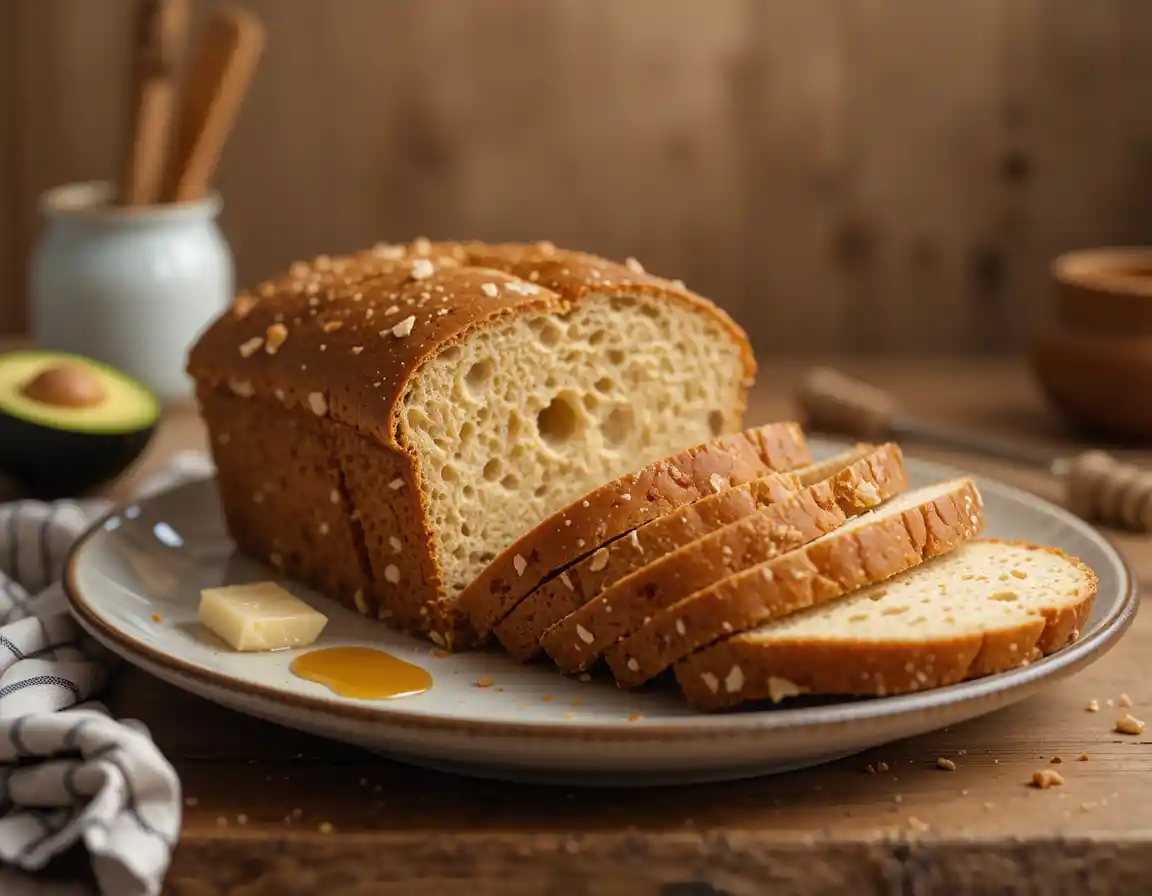👨🍳 How to Make High Protein Bread at Home 🍞💪
Table of Contents
Table of Contents
Craving bread but want to boost your protein intake? You don’t have to choose between your favorite comfort food and your nutritional goals anymore. This comprehensive guide walks you through creating delicious high-protein bread right in your kitchen, with simple ingredients and techniques anyone can master.
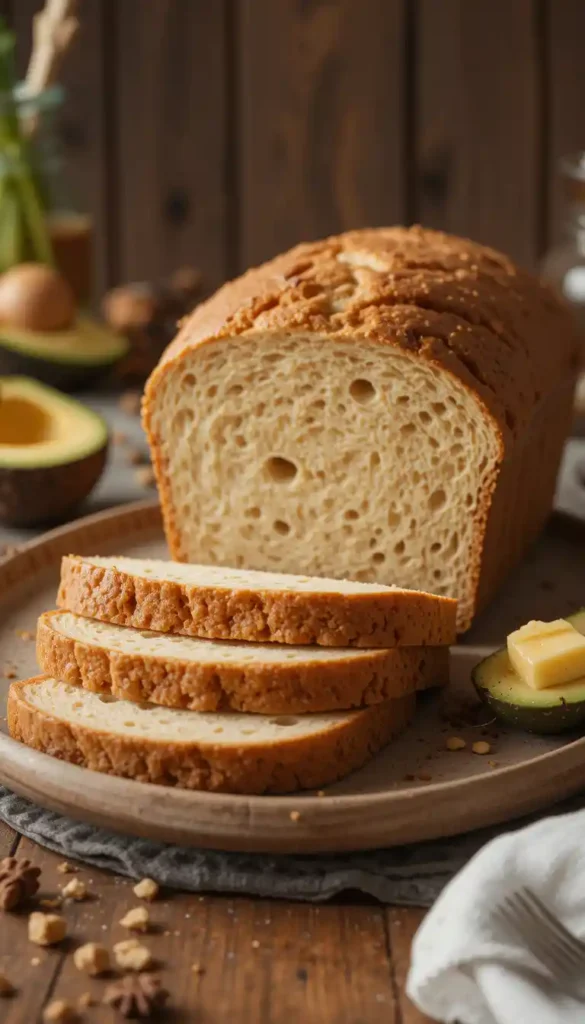
Why You Should Try Making High-Protein Bread
If you’ve ever picked up a loaf of protein bread at the store and winced at the price tag, you’re not alone. Commercial high-protein breads often cost two to three times more than regular bread, yet they rarely deliver on taste or texture. The good news? You can make superior versions at home for a fraction of the cost.
High-protein bread isn’t just for fitness enthusiasts. It’s perfect for:
- Anyone looking to stay fuller longer between meals
- People managing blood sugar levels through diet
- Parents wanting to sneak more nutrition into family meals
- Anyone seeking more balanced nutrition from everyday foods
The protein-packed loaves you’ll create using these recipes contain up to 12g of protein per slice—that’s nearly triple the amount in regular bread and comparable to a large egg!
Understanding the Protein-Boosting Ingredients
The secret to successful high-protein bread lies in selecting the right ingredients. Here’s what you’ll need to transform ordinary bread into a protein powerhouse:
| Ingredient | Protein Content (per 100g) | What It Does In Your Bread |
|---|---|---|
| Vital wheat gluten | 75-80g | Creates structure and chewy texture |
| Whey protein | 70-90g | Boosts protein content significantly |
| Soy flour | 35-40g | Helps retain moisture in the loaf |
| Almond flour | 21g | Adds texture and healthy fats |
| Greek yogurt | 10g | Provides moisture and tangy flavor |
| Cottage cheese | 11g | Boosts moisture and protein content |
| Hemp seeds | 30g | Adds texture and nutrition |
Don’t worry about sourcing exotic ingredients—most of these can be found in regular supermarkets or health food stores. Vital wheat gluten and whey protein are particularly important for achieving the best results in your protein bread.
Equipment You’ll Need
Before diving into baking, gather these essential tools:
- Kitchen scale for precise measurements
- Large mixing bowl or stand mixer with dough hook
- 9×5 inch loaf pan for shaping your bread
- Dough scraper to handle sticky, high-protein dough
- Thermometer to check water and bread temperatures
While you can mix the dough by hand, high-protein bread dough tends to be stiffer than regular bread dough, so a stand mixer makes the process much easier if you have one.
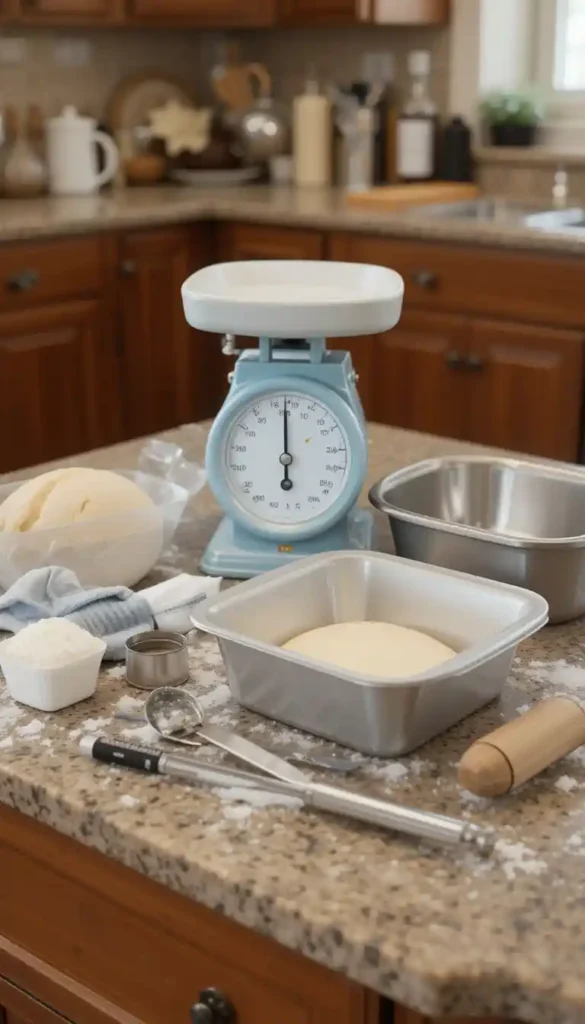
The Basic High-Protein Bread Recipe
This foundational recipe creates a versatile loaf that works well for sandwiches, toast, or enjoying with your favorite spreads.
Ingredients:
- 2 cups (240g) bread flour
- 1 cup (120g) vital wheat gluten
- ¼ cup (28g) unflavored whey protein isolate
- 2 tablespoons ground flaxseed
- 1½ teaspoons salt
- 1 tablespoon honey or maple syrup
- 2 tablespoons olive oil
- 1½ cups warm water (105-110°F)
- 2¼ teaspoons active dry yeast
- 2 tablespoons mixed seeds (optional)
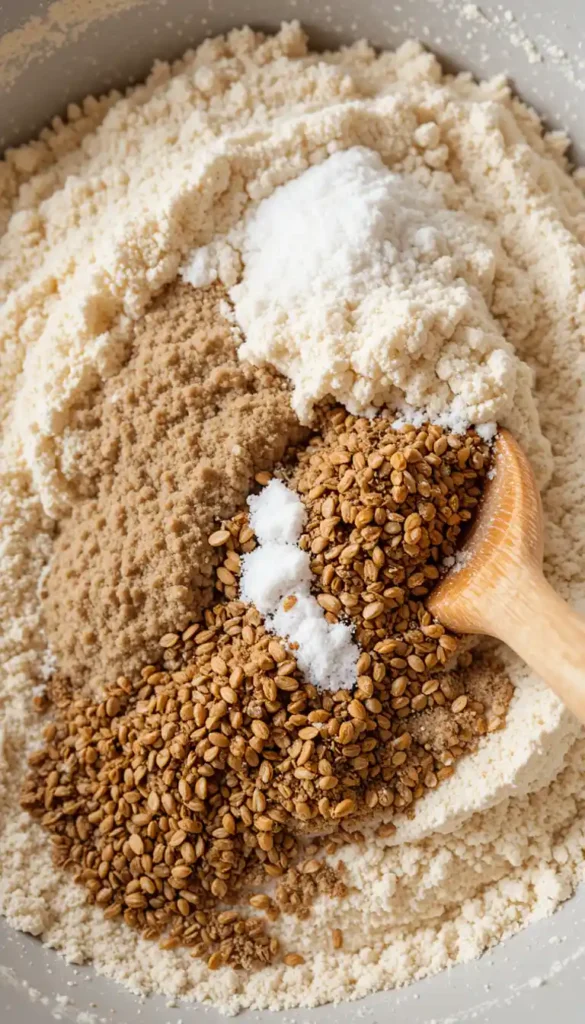
Steps:
- Activate the yeast by combining warm water with honey and yeast in a small bowl. Allow it to sit for 5-10 minutes until it becomes frothy.
- Mix dry ingredients thoroughly in a large bowl: bread flour, vital wheat gluten, whey protein, flaxseed, and salt.
- Combine wet and dry ingredients by pouring the activated yeast mixture and oil into the dry ingredients. Mix until a cohesive dough forms.
- Knead the dough for 10-12 minutes until it reaches a smooth and elastic texture. The dough will feel firmer than regular bread dough—this is normal with high-protein breads.
- First rise: Place the dough in an oiled bowl, cover with a clean kitchen towel, and let rise in a warm place for 60-90 minutes until doubled in size.
- Shape the dough by punching down the risen dough, shaping it into a loaf, and placing it in a greased 9×5 inch bread pan.
- Second rise: Cover again and let rise for another 45-60 minutes.
- Bake in a preheated 375°F oven for 30-35 minutes until golden brown and the internal temperature reaches 200°F.
- Allow the bread to cool completely before slicing to avoid a gummy texture.
Each slice of this bread contains approximately 12g of protein, making it an excellent choice for boosting your daily protein intake without relying solely on meat, eggs, or dairy.
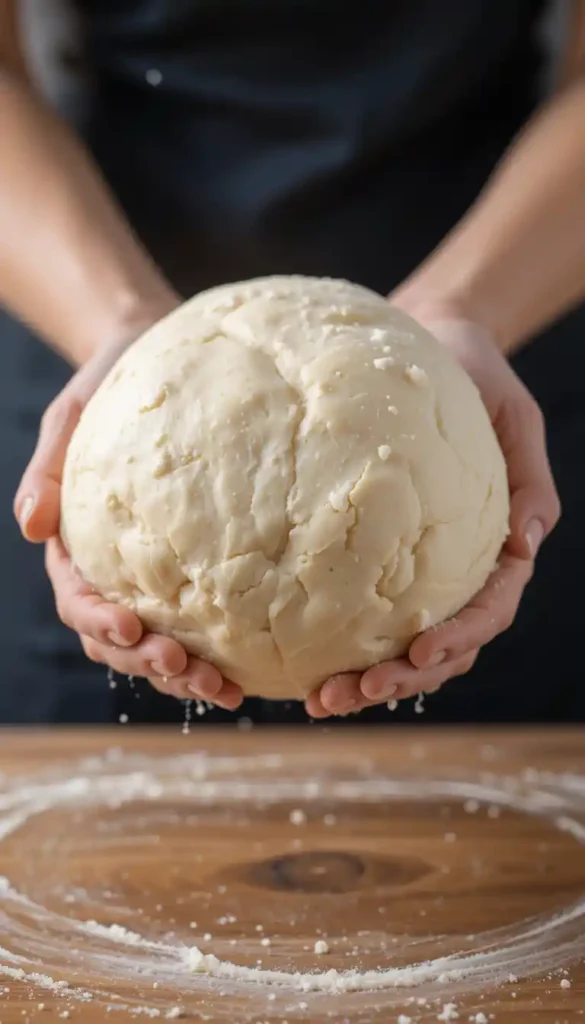
Customizing Your High-Protein Bread
Once you’ve mastered the basic recipe, try these variations to keep your bread exciting:
Seeded Protein Power Loaf
This version adds extra nutrition and delightful texture through various seeds:
- Start with the base protein bread recipe
- Add ¼ cup each of sunflower seeds, pumpkin seeds, and hemp hearts
- Mix in 2 tablespoons of chia seeds
- Sprinkle 1 tablespoon sesame seeds on top before baking
Pro tip: Soak the harder seeds in water for 15 minutes before adding them to your dough. This softens them slightly and improves both digestion and texture in the finished bread.
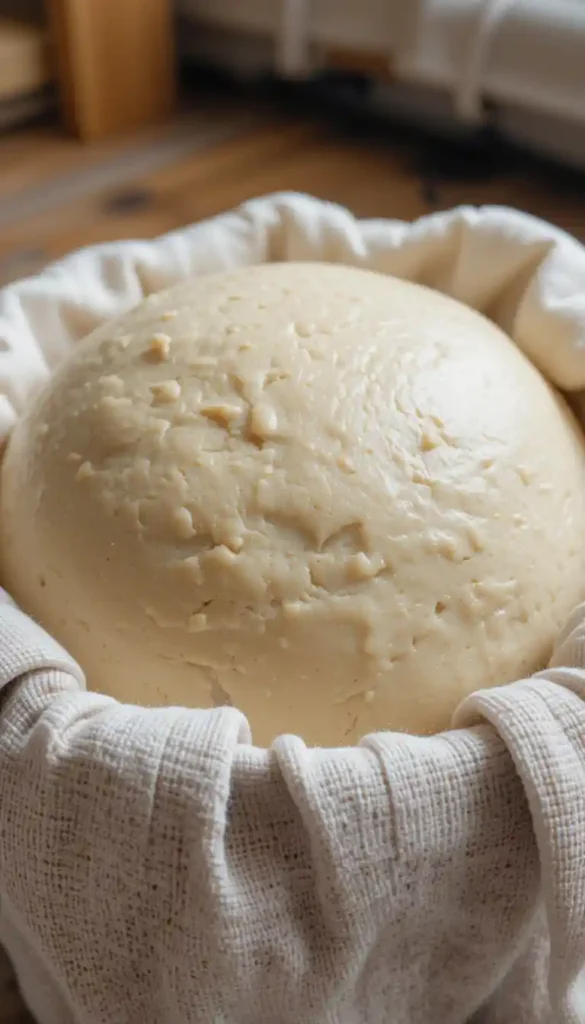
Mediterranean Herb Protein Bread
This savory variation pairs perfectly with soups and salads:
- Use the base protein bread recipe
- Add 2 tablespoons mixed dried herbs (rosemary, thyme, oregano)
- Incorporate 2 tablespoons of quality olive oil
- Mix in ½ cup chopped olives (optional)
- Add 2 minced garlic cloves
- Sprinkle coarse salt on top before baking

Sweet Cinnamon Protein Bread
For breakfast or a healthier treat:
- Start with the base protein bread recipe
- Add 2 tablespoons cinnamon
- Mix in ¼ cup erythritol or monk fruit sweetener (for a low-sugar option)
- Add ½ cup chopped walnuts or pecans
- Optional protein glaze: Mix 2 tablespoons whey protein with 1 tablespoon water and 1 teaspoon honey
Low-Carb, High-Protein Bread Option
For those following ketogenic or low-carb diets, this variation maintains high protein content while reducing carbohydrates:
Ingredients:
- 1½ cups almond flour
- ¾ cup vital wheat gluten
- ¼ cup unflavored whey protein isolate
- 2 tablespoons of psyllium husk powder
- 4 large eggs
- ¼ cup Greek yogurt
- 1 teaspoon salt
- 1 tablespoon baking powder
- 2 tablespoons olive oil
- ½ cup warm water
Steps:
- Preheat your oven to 350°F and line a bread pan with parchment paper.
- Combine all the dry ingredients well in a large bowl.
- In a separate bowl, whisk the eggs, yogurt, and oil together.
- Combine the wet and dry ingredients, then add warm water gradually until a thick batter forms.
- Pour the batter into your prepared bread pan and smooth the top.
- Bake for 50-60 minutes or until a toothpick inserted into the center comes out clean and dry.
- Let it cool completely before slicing.
This low-carb version contains approximately 10.5g of protein and only 2.6g of net carbs per slice, making it suitable for those monitoring carbohydrate intake while still wanting a bread-like option.
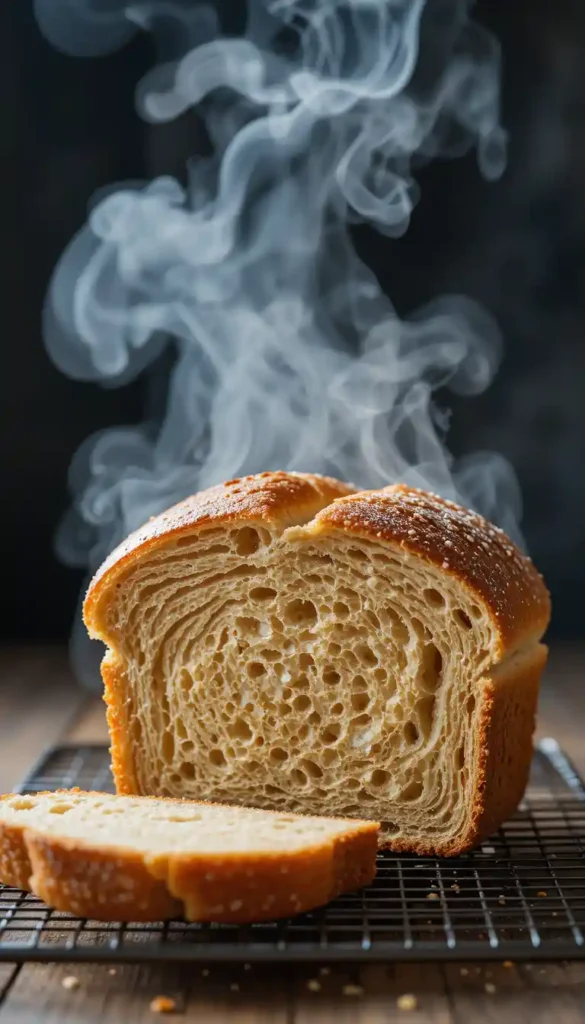
Troubleshooting Your High-Protein Bread
Even experienced bakers sometimes encounter challenges when working with protein-enriched dough. Here’s how to solve common issues:
| Problem | Solution |
|---|---|
| Bread is too dense | Add 2-3 tablespoons more water and extend rise time by 15-20 minutes |
| Crumbly texture | Reduce protein powder by 25% or add an extra egg to bind ingredients |
| Gummy interior | Add 2-3 tablespoons more water and extend the rise time by 15-20 minutes |
| Bitter aftertaste | Use a milder protein powder or replace some whey with vital wheat gluten |
| Poor rise | Add 1 teaspoon vital wheat gluten per cup of flour to enhance structure |
Remember that high-protein bread typically won’t rise as dramatically as regular bread, and the texture will be slightly different—denser and more substantial. This is part of what makes it more filling and nutritious.
Storing Your High-Protein Bread
Due to its different composition, high-protein bread has unique storage requirements:
- Counter storage: 2-3 days, wrapped in a clean cloth
- Store in the refrigerator for up to 1 week in an airtight container.
- Freezer: Up to 3 months when sliced and properly wrapped
Pro tip: Slice your bread before freezing, then toast slices directly from frozen for fresh-tasting bread anytime.
Nutritional Comparison
Here’s how your homemade high-protein bread stacks up against other options:
| Bread Type | Protein per Slice | Carbs per Slice | Approximate Cost |
|---|---|---|---|
| Regular white bread | 2-4g | 15-20g | $2-3 per loaf |
| Store-bought protein bread | 7-15g | 10-15g | $5-8 per loaf |
| Homemade basic protein bread | 10-12g | 12-15g | $3-4 per loaf |
| Homemade low-carb protein bread | 10-12g | 2-4g | $4-5 per loaf |
“The ability to create bread that supports my fitness goals while still satisfying my taste buds has been a game-changer in my health journey. Don’t compromise—make your own!”
Tips for Perfect High-Protein Bread Every Time
- Weigh your ingredients rather than using volume measurements for greater accuracy
- Don’t rush the kneading process—proper gluten development is crucial
- Be patient with rising times—protein-enriched dough often needs longer
- Check bread temperature with a thermometer to ensure it’s fully baked (200°F center)
- Experiment with different protein sources to find your preferred flavor and texture
- Start with smaller amounts of protein additives and increase gradually as you get comfortable with the recipe
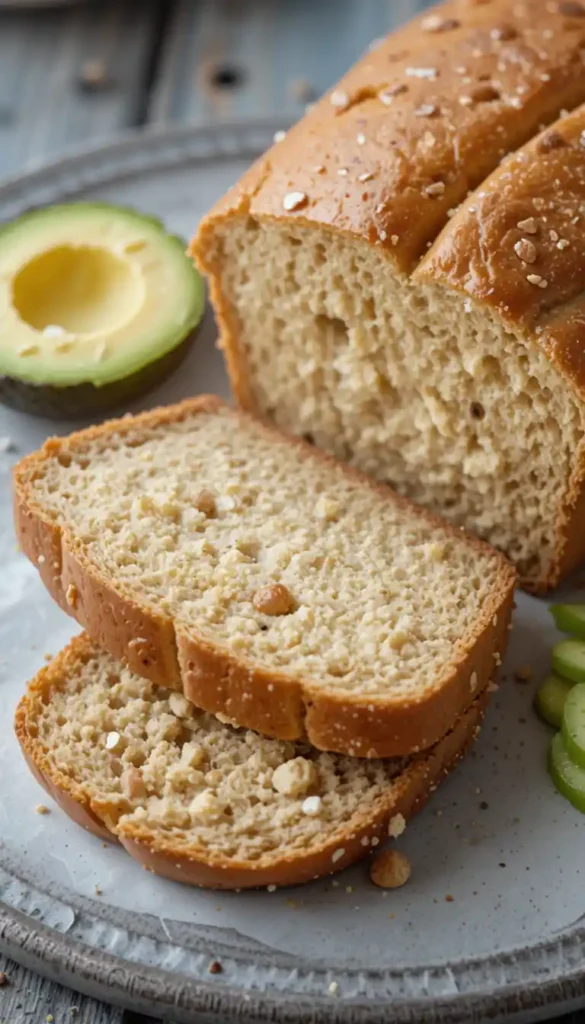
Conclusion
Creating high-protein bread at home puts you in control of your nutrition without sacrificing the joy of freshly baked bread. By understanding the science behind protein-enriched dough and mastering a few basic techniques, you’ll be able to create delicious, nutritious loaves that support your health goals while satisfying your cravings.
Whether you’re making sandwiches for lunch, toast for breakfast, or just enjoying a slice with your favorite soup, homemade high-protein bread elevates everyday meals with better nutrition and authentic flavor. Start with the basic recipe, then experiment with variations to discover your perfect loaf.
Are you ready to elevate your bread-making skills? Gather your ingredients, preheat the oven, and prepare to enjoy bread that’s as good for your body as it is for your taste buds!
Frequently Asked Questions
What makes bread “high-protein”?
High-protein bread contains specialized ingredients that boost protein content, typically including vital wheat gluten, protein powders, and protein-rich seeds or flours. True high-protein bread should contain at least 8-10g of protein per slice, compared to 2-4g in regular bread.
Can I make high-protein bread without vital wheat gluten?
Yes, though the texture may differ. You can substitute with additional protein powder, egg whites, or protein-rich flours like lupin flour. For gluten-free options, combine protein-rich gluten-free flours with xanthan gum for structure.
Is high-protein bread suitable for keto diets?
Standard high-protein bread typically contains too many carbs for strict keto diets. However, the low-carb variation in this article is specifically designed to be keto-friendly, with only 2.6g net carbs per slice.
How does high-protein bread help with weight management?
The higher protein content helps increase satiety (feeling full), potentially reducing overall calorie intake. Protein also requires more energy to digest than carbohydrates, slightly increasing your metabolic rate.
Can I use flavored protein powder in bread?
Absolutely! Vanilla protein powder works well in sweet variations, while unflavored is more versatile for savory breads. Start by replacing just 25% of the unflavored protein to test the flavor impact.
Why does my high-protein bread seem heavier than regular bread?
The added protein makes the dough denser and affects the gluten structure. This is normal and contributes to the bread’s satisfying, substantial texture and improved nutritional profile.
What’s the best way to enjoy high-protein bread?
High-protein bread is incredibly versatile! Use it for sandwiches, toast with avocado or nut butter, as a base for open-faced meals, or alongside soups and salads. Its sturdy texture holds up well to hearty toppings and fillings.
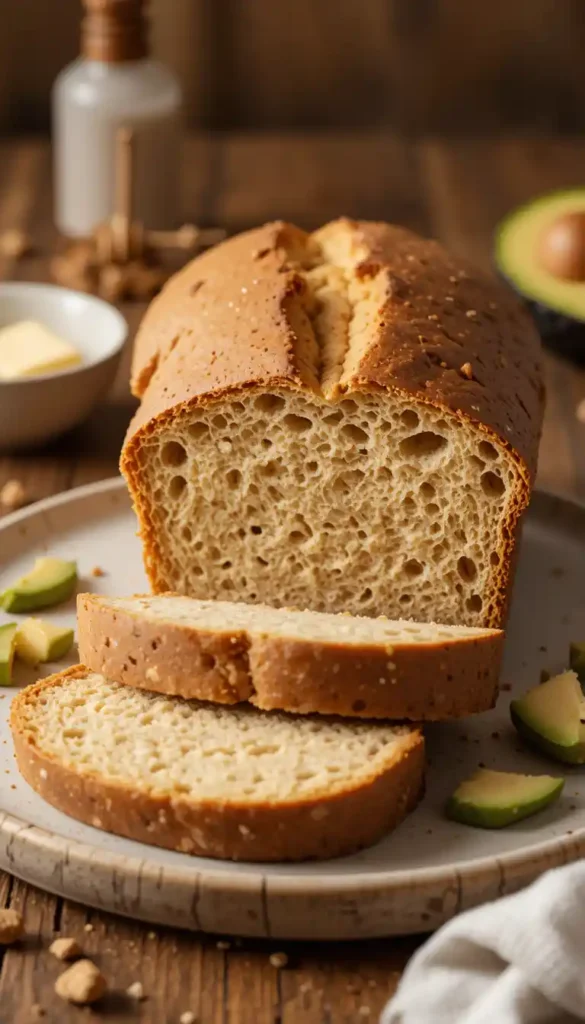
Encourage Readers to Try the Recipe:
Now it’s your turn to try this high-protein bread recipe! We’re sure you’ll love how simple and delicious it is. Get baking and enjoy a healthy, homemade loaf!
Did you enjoy the recipe? We’d love to hear about it! Leave a comment below, share your feedback, or give it a rating. Don’t forget to share your bread creations with us on social media!
Looking for more healthy baking inspiration? Check out our other protein-packed recipes like protein muffins or hearty breakfast breads for even more nutritious ideas!
Subscribe to our newsletter to stay updated with the latest recipes and tips. For more daily inspiration, follow us on Pinterest for fresh, healthy recipes every week!
Git more recipes you might like
- Cake Toppers.
- Cookie Cereal Recipe.
- Artesano Bread.
- Aphrodisiac Chocolates.
- Best Swiss Coffee.
- Venetian Ice Cream Flavors.
Did You Try Our Recipe?
There are no reviews yet. Be the first one to write one.

